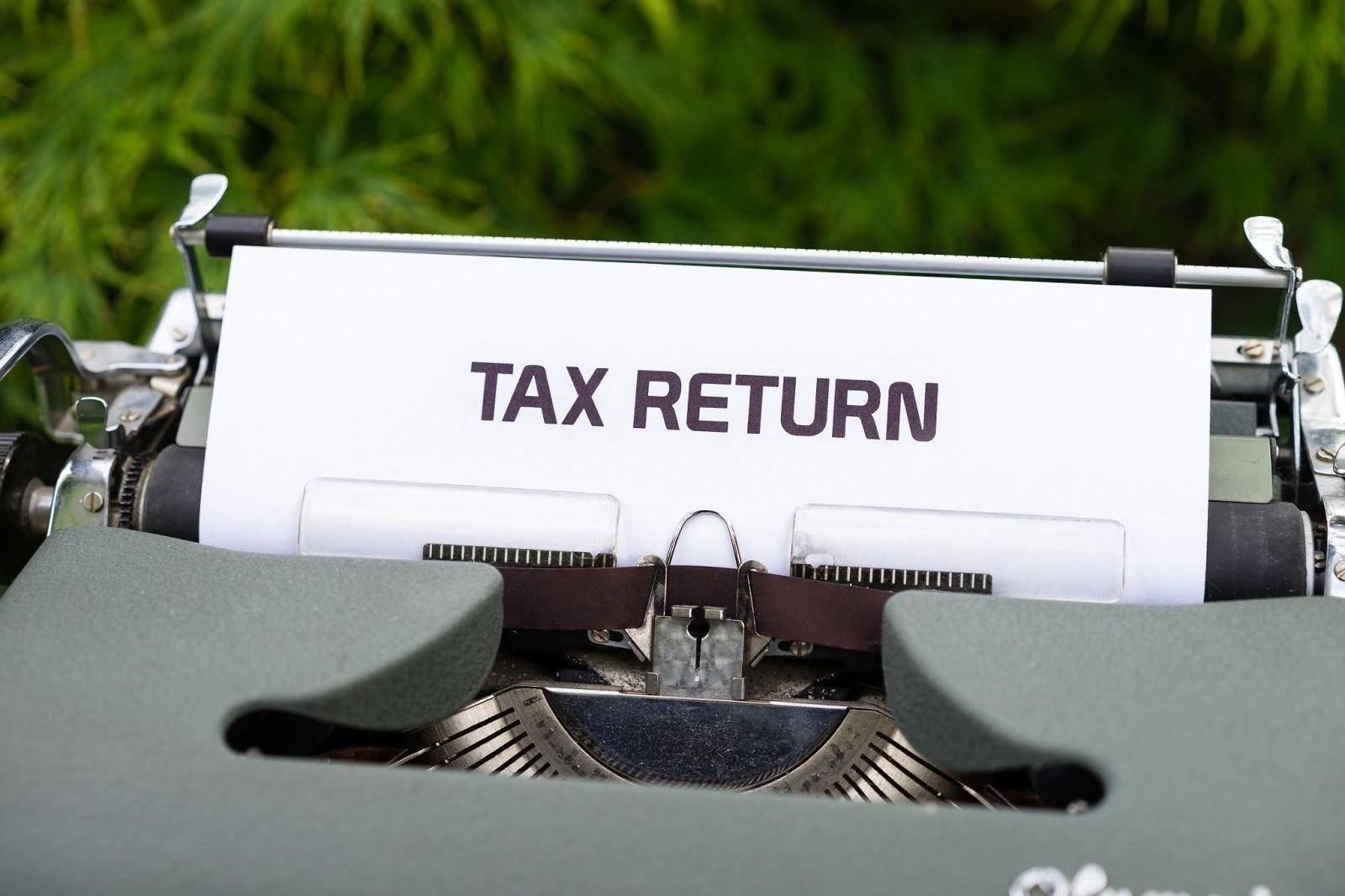Successful real estate investors looking to diversify their portfolios buy and sell properties all the time. However, real estate transactions are typically accompanied by a myriad of fees, costs, and taxes that can diminish profit margins.
A 1031 exchange allows investors to dispense with certain real property and acquire another of a similar commercial nature. These are referred to as the “relinquished/initial property” and the “replacement property” respectively. In this way, Section 1031 of the U.S. Tax Code helps taxpayers postpone their tax liability on real estate sales.
As you’re probably aware, rules and regulations differ from state to state. For a 1031 exchange, California varies slightly from the norm. If you own a property in California or plan on buying one, keep reading for more information.
What is a 1031 Exchange?
A 1031 exchange or “like-kind” exchange is a way to swap one investment property for another. The exchange, which is named after Section 1031 of the Internal Revenue Code, is typically used to defer tax liability on the sale of real property like land, buildings, and attachments.

How 1031 Exchanges Work In California (And Why They’re Different From Other States)
While the requirements for qualification remain the same, the California Franchise Tax Board (FTB) regulates 1031 exchanges more strictly than other states. This means that your 1031 exchange will be scrutinized more closely in California.
For example, a 1031 exchange must be facilitated by a Qualified Intermediary that is held to specific standards. A taxpayer may be subject to California state taxes if an initial property in California is exchanged for a “like-kind” property in another state. This is known as the claw-back provision whereby non-residents must file tax returns.
A combination of California’s large budget deficit, popular real estate market, and high tax rates are to blame for the strict measures. However, below are some of the 1031 exchanges allowed in California.
Delayed exchange
Of the various types of 1031 exchanges, delayed exchanges are perhaps the most common. A delayed exchange is when you sell an investment property before purchasing another.
In other words, you dispense with the relinquished property before acquiring the new property. In doing so, you may use the funds from the sale of the property to buy another.
Of course, this means that the sale must be finalized before you can acquire another property. In such cases, a Qualified Intermediary will act as a custodian of the exchange funds, retaining the proceeds of the sale until you acquire a suitable replacement. Qualified Intermediaries generally play a significant role in the exchange process.
Reverse exchange
In contrast to delayed exchanges in which the initial property is sold before the like-kind property is acquired, reverse exchanges are when you acquire property before dispensing with the initial property.
This option is especially tempting if you have already identified an attractive investment opportunity or are holding out for a higher offer for your property. However, reverse exchanges are typically only open to highly liquid investors with the resources to make lump-sum cash payments.
According to the IRS, however, investors in pursuit of a 1031 exchange may not own both the initial property and the new property at the same time. Therefore, a Qualified Intermediary may purchase the other property, securing it for you until your initial property is sold.
Simultaneous exchange
 As the name implies, a simultaneous exchange is when the initial property and the new investment property are respectively dispensed with and acquired at the same time. In such cases, the parties will typically close on the properties on the same day.
As the name implies, a simultaneous exchange is when the initial property and the new investment property are respectively dispensed with and acquired at the same time. In such cases, the parties will typically close on the properties on the same day.
In its simplest form, the parties can swap title deeds — assuming that their exchange equity and debt match. The parties, quite literally, exchange real estate. This means that any money or personal property accepted in addition to the exchange of deed will be considered a surplus and subject to tax. Any delay in exchanging the deeds will also invalidate the 1031 exchange.
In practice, however, it is rare for two parties to agree to exchange title deeds without any third-party support. Even if you do find someone willing to swap deeds, it’s best to use a Qualified Intermediary to avoid the risks associated with a potential delay. Alternatively, a three-party exchange — in which a third party acts as an accommodator and helps facilitate the swap, can be used.
Construction or improvement exchange
In some cases, you may want to construct a building or make certain improvements to the replacement property. Once the relinquished property is sold and the replacement property is acquired, you may use some of the proceeds from the sale to make improvements to the new property.
You may either sell your relinquished property and subsequently acquire and improve your replacement property, or you may buy the replacement property and improve it before you have your property sold.
Should you acquire the replacement property before selling the relinquished property, then a Qualified Intermediary will hold the new investment property until the sale is finalized. Conversely, should you sell the initial property first, then the Qualified Intermediary will hold the exchange funds until you acquire a replacement property.
Out-of-state exchange
In a California 1031 exchange, out-of-state property qualifies as replacement property. This means that your new real estate asset doesn’t have to be in California. However, some complications do arise for residents of California pursuing an out-of-state 1031 exchange.
Taxpayers must file an annual information return (Form 3840) the year that the 1031 exchange is made and each year thereafter until the property is sold. The reporting requirement allows the State to keep track of the transaction, despite it not being a property in California.
Once you sell the replacement property, any gains are considered to be California source income and are therefore taxed by the state. This rule will apply regardless of whether you are a resident in California at the time of the sale or not.
An out-of-state 1031 exchange, therefore, calls for considerable thought and planning. If you are a resident of California, then buying a same-state replacement property will be easier.
Time Limits on 1031 Exchanges in California
1031 exchanges in California adhere to the same time limits as other states. You have 45 days from the date of the sale of the initial property to identify a replacement property. Thereafter, you have 180 days from the date of the initial sale to purchase the property.

California State Taxes to be Aware of After Your 1031 Exchange
1031 Tax-Deferred Exchange Tax
Capital gains are realized on any asset sold for a price higher than the purchase price. For example, if you bought a property worth $450,000 a few years ago and the market value of the property is $650,000 now, then you will realize a taxable gain of $200,000 if you sell the property.
Normally, you have to pay taxes as soon as the gain is realized. For a 1031 tax-deferred exchange, California allows taxpayers to defer tax liability indefinitely. However, all the proceeds from the sale of the relinquished property must be reinvested into the new property. Any surplus in the form of cash or personal property will be taxed as a capital gain and cannot be deferred.
Remember that the 1031 exchange means that you can enjoy the fruits of your new property, for example, by collecting rental payments from a tenant, without worrying about having to pay capital gains taxes. Your deferred gain will be taxed once you cash in on your investment property, for example, by selling your rental property or apartment building.
California Capital Gains Taxes On Real Estate
Unlike other states, California taxes gains at the same rate as regular taxable income. This means that depending on your tax bracket, you can expect to pay between 1% and 13.3%. For example, if you are earning $254,500 to $305,100 per year, you will be taxed at a rate of 10,3%.
Per the example above, should you realize a gain of $200,000 on the sale of your real property and are taxed at a rate of 10,3%, then you will be liable for $20,600 in capital gains tax (CGT) in California.
How To Do A 1031 Exchange In California
So, how does the 1031 exchange work in California? As with any major financial transaction, it’s always best to consult a professional first.
NNN Deal Finder can guide you through the 1031 exchange process to ensure that your transaction qualifies and that you enjoy all the tax benefits you are entitled to. After determining that your investment property qualifies for a 1031 exchange, NNN Deal Finder will help you identify three or more “like-kind” replacement properties of equal or greater value than your initial property.
Whether you are looking to keep your options open or to acquire more than one property, NNN Deal Finder will make sure that you make the best investment choice for your portfolio. Not interested in California real estate? Then choose from dozens of other listings across the country.
Contact Dwaine Clarke and he will find you the investment type which will best suit your needs and lifestyle, contact other buyers looking to sell before the deadline, and get you the best deal possible.

